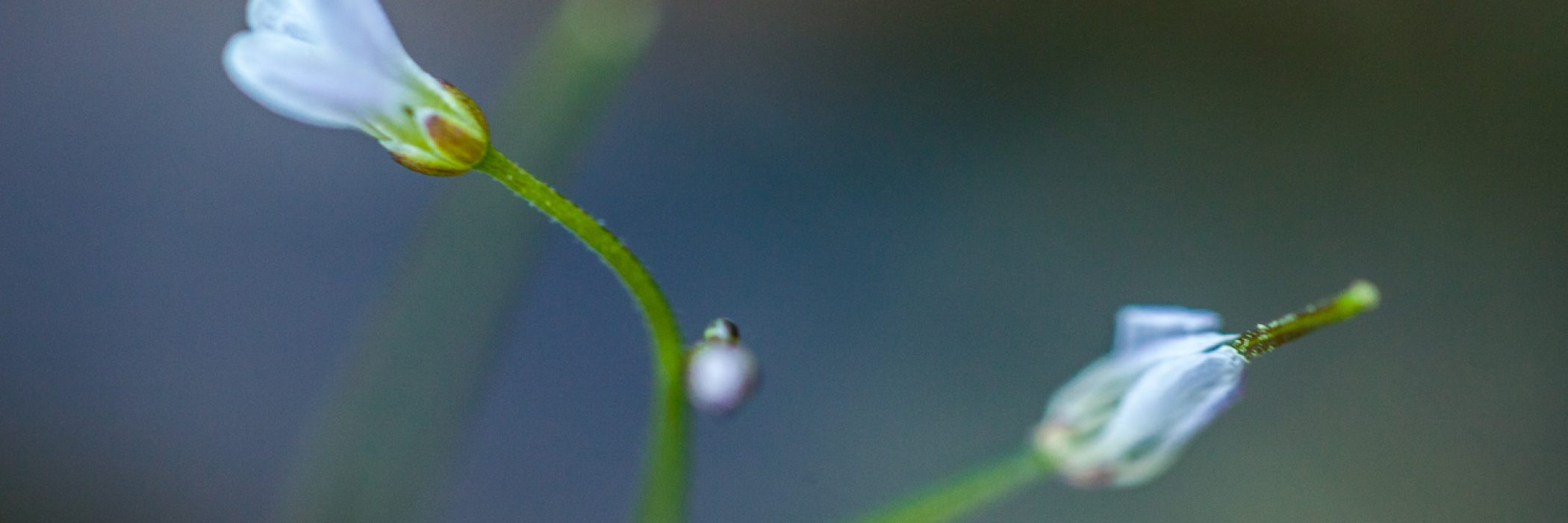Being attentive at Tinderbox Hills
This contribution is from Aidan Munro, a plant scientist living at Tinderbox.
My Father grew up enthralled with plants, namely orchids, this passion perhaps a consequence of his parents’ passion instilled in them by their parents, and potentially theirs. Growing up I was my Father’s second shadow, a trip hazard, and a prolonged question-asker. Over and over and over again my Father would answer my questions and share with me his knowledge of plants. Now, living in Tinderbox, I study Plant Science and wander around doing my best to answer questions, no longer a second shadow.
As you first approach Tinderbox, you may feel its apparent shyness. However, with given attention, the shyness falls away. Attentiveness comes with time spent in an environment, along with an affection for the biotic community built on the strong foundations of an intact environment. The Tinderbox hill sides are pronounced by blue gums (Eucalyptus globulus), the stewards of those who live within and among them. While lost in admiration of the streaked coloured tones and blue hues brushed chronologically up the trunk, you may joyfully discover a hollow. Hollows aren’t easy to stumble upon; they are a factor of time and incident. Within this hollow, depending on the size and time of year, could be a critically endangered swift parrot (Lathamus discolor), or a possum living with either tail, or maybe a southern boobook owl (Ninox novaeseelandiae). On the ground beneath them, poa tufts glow bronze; from time to time behind a tuft an echidna (Tachyglossus aculeatus) is found pawing about. As the light fades, echidnas share the tufts with eastern barred bandicoots (Perameles gunnii), long-nosed potoroos (Potorous tridactylus) and occasionally the southern brown bandicoot (Isoodon obesulus).
Behind the house where I live there is a blue gum that has been around long enough to have lost its apex but importantly not its grandeur. This loss over time and with help from members of the cockatoo (Cacatuidae) family has resulted in a large vertical hollow. Every now and then a sudden siren of screeches that I cannot help but love will sound and inform me that the hollow has visitors once more. A walk out the door and a rub of the eyes reveals one of three potential visitors. Most often I spy sulphur-crested cockatoos (Cacatua galerita). Galahs (Eolophus roseicapilla) frequent the hollow too. It is when I hear the crashing of blue gum capsules and loose branches on the Colourbond roof that I know a crackle of yellow-tailed black cockatoos (Calyptorhynchus funereus) are here. The carry-on can be a pit stop or a sustained stay on the vantage point, tearing out worn pieces of once well-earned annual rings and pith, all the while arguing whose turn it is. In times of true captivation, my attention will be commanded by wedge-tailed eagles (Aquila audax fleayi) soaring above the hills, as pronounced as the blue gums below. Below both blue gums and white gums (Eucalyptus viminalis) are dominant and co-dominant species in threatened vegetation communities that comprise a large portion of the Tinderbox Hills. Walking among them with note pad and pen, I accounted for 27 species, excluding the seasonal and always welcomed appearance of inconspicuous orchids.
It was in the wandering among the vegetation, the aforementioned moments and the countless gone unsaid, that I realised the significance of my coming to be here. It is a happenstance event, rich in the novelty and importance of knowledge sharing, from my Father to me, and his parents the same. From lecturers, to classmates, to friends. The form this takes may not always be apparent, though when or however it is presented the impact is apparent. The knowledge from my Father enhances the appreciation brought from a day in the bush, the changes in vegetation while in the car, or the looking down a microscope and contemplating a plant’s cellular structure. Beyond appreciation, it emboldens a sense of moral responsibility to the natural world. The relationship between environment and people becomes strengthened; this brings conscious interactions and care. Ever more so these values are called upon and required, for without them the disorganisation of ecological communities slips away and is less easily grasped. Share knowledge with kin, with a friendly passer-by, with a group of mates, or with your second shadow. Remember to listen openly and ask questions frequently. To help a community you need a community.




